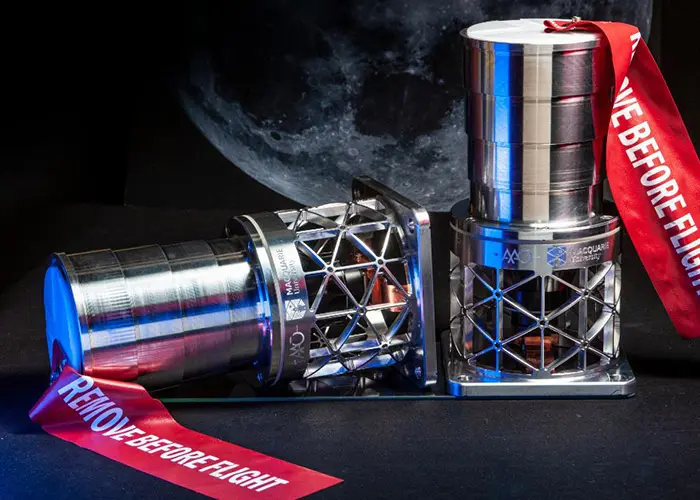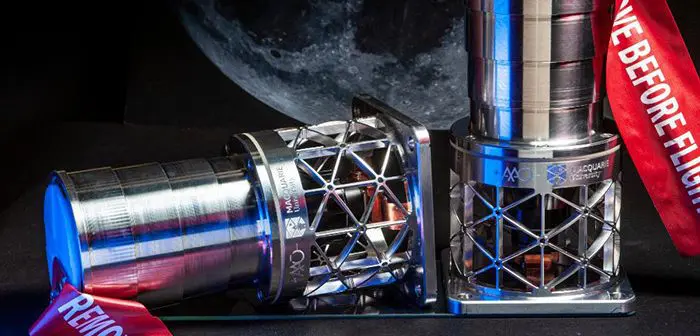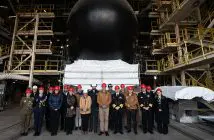
Australian Astronomical Optics (AAO) at Sydney’s Macquarie University has delivered its Malya thermal camera system to Queensland-based Gilmour Space Technologies. The camera is scheduled for launch into orbit next year as part of an upcoming Gilmour Space satellite mission.
The space-qualified Malya payload includes two thermal infrared cameras and an edge computer from Sydney-based tech company Spiral Blue.
AAO cut years off the typical space-ready production timeline by repurposing the ground-based camera technology for space applications.
“By uplifting an off-the-shelf camera for use in space, we have been able to produce a working system much faster than building a space-grade camera from scratch,” said AAO Head of Space Projects Associate Professor Lee Spitler.
The project taps into instrument expertise developed over fifty years by AAO, which designs and constructs highly specialised precision telescope components for astronomy observatory clients across Australia and the Pacific, Europe, Asia and Americas.
“This all-Australian mission showcases the growing capabilities of our local space industry, from Gilmour’s rocket and satellite to AAO’s payload and Spiral Blue’s computer,” said Gilmour’s Head of Satellites, Kody Cook.
The Malya camera system is designed to communicate with the satellite’s computer, which will direct it to capture images of specific targets. Its dual-camera setup allows for photographing larger regions of interest, such as areas of the Earth.
Potential applications for the Malya thermal camera include bushfire detection, earth observation, and defence.
The partnership between AAO, Gilmour Space Technologies and Spiral Blue demonstrates a successful collaboration between academic institutions and industry in creating innovative space technologies for commercial applications.
The delivery of the Malya payload also coincides with National Science Week, highlighting the achievements of Australian scientists and engineers in space technology development.





